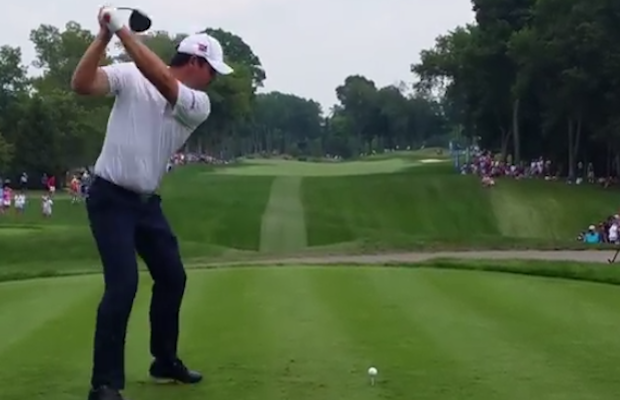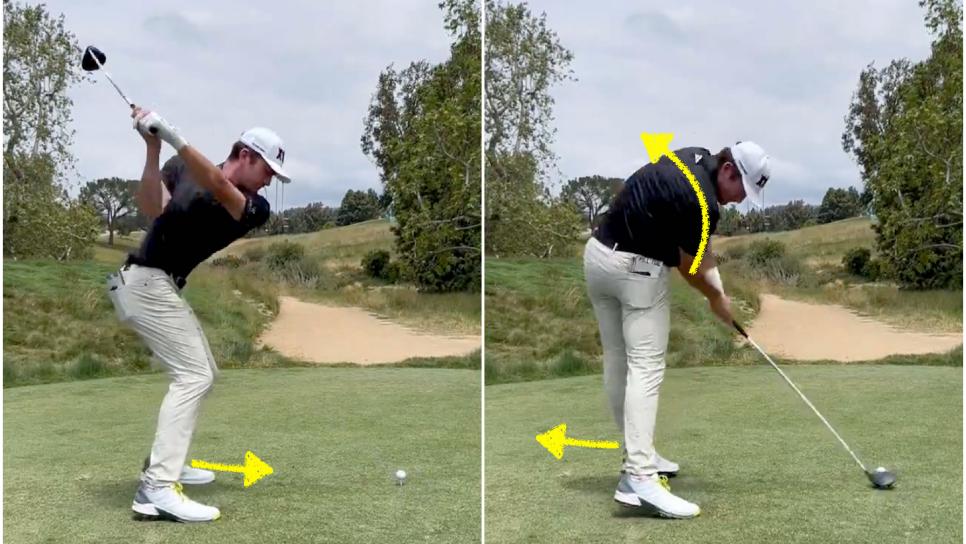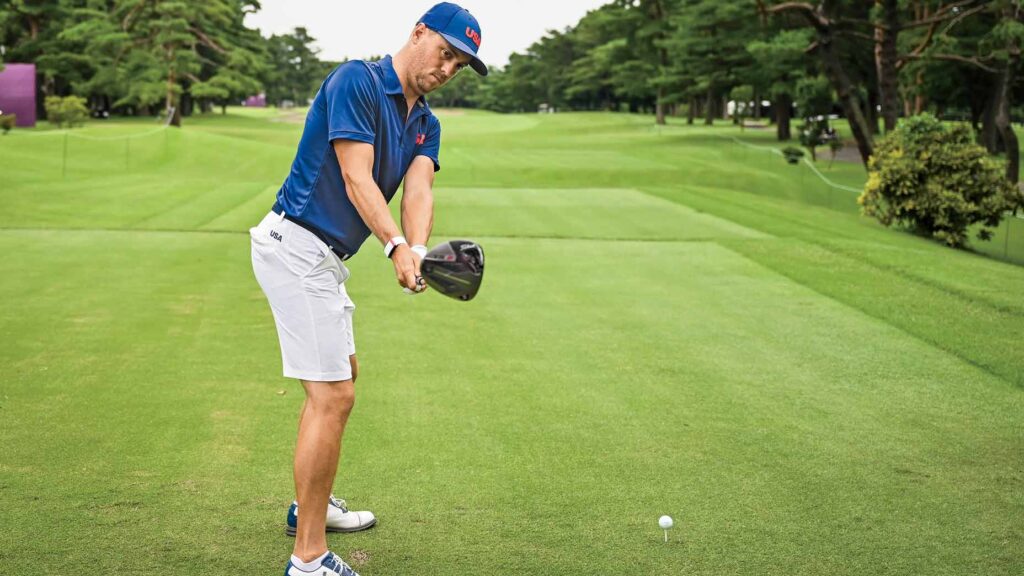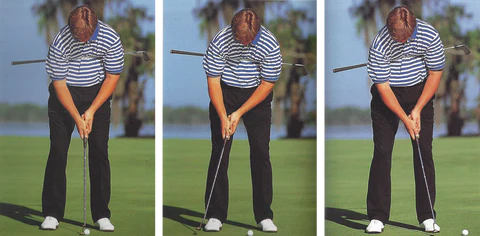I know that this is a little early for northern golfers to practice and improve your swing skills but we all should track improvements that work for your driver, irons and putter. As a good starting point for the season, which is just around the corner, this is a good time to start your success list. It should evolve as you discover new successes during the warmer months.
If you could incorporate all of the swing tips that improved your game, you would be a low handicap golfer by now. Unfortunately, most of us never record the setup and swing positions for each type of club that created amazing hits. Our bodies all have limitations based on our physical mishaps as our bodies developed. Whatever you do, learn from the pros and make adjustments for your physical limitations.

My following list of personal success tips my not suit your physical limitations, but you may want to use them as a starting point for your personal plan:
- Get Moving: Before every round warm up with about 10 minutes of Dynamic Stretches. Move your feet and waggling before you make a drive, iron shot or putt throughout your round. I use a 2 foot takeaway waggle for my driver as it forces me to start my swing by moving my hips and shoulders before my arms ever move in the socket of my shoulders.
- Set Elbows: I rotate both elbows clockwise (for right handers). My leading elbow points directly up my target line and locks my straight leading arm. My trailing elbow rotates for ease of bending, as my arms lift, in the backswing and my wrist cocks to create lag.
- Tilt Shoulders for Drives: I do this to launch my drives upward.
- Foot Pressure: I start with even pressure for my driver and putter. I use extra pressure on my leading foot for my irons and wedges to keep my weight forward.
- Slower Backswing and Powerful Downswing: My best swings occur when I give myself time to create a full backswing and cocked wrists for lag. My mental count is “one and finish” where finish is the release from the top to a balanced finish.
- Putting: I use my putter as a plumb-bob to determine minor breaks near the hole, take a practice swing for speed selection and stare directly down at the ball through impact as I swing my putter directly up my chosen target line (without moving my head).
Track your success and practice with GOLFSTR+ to improve every round. Adjust your written plan for improvements. Buy one today at www.GOLFSTR.com





